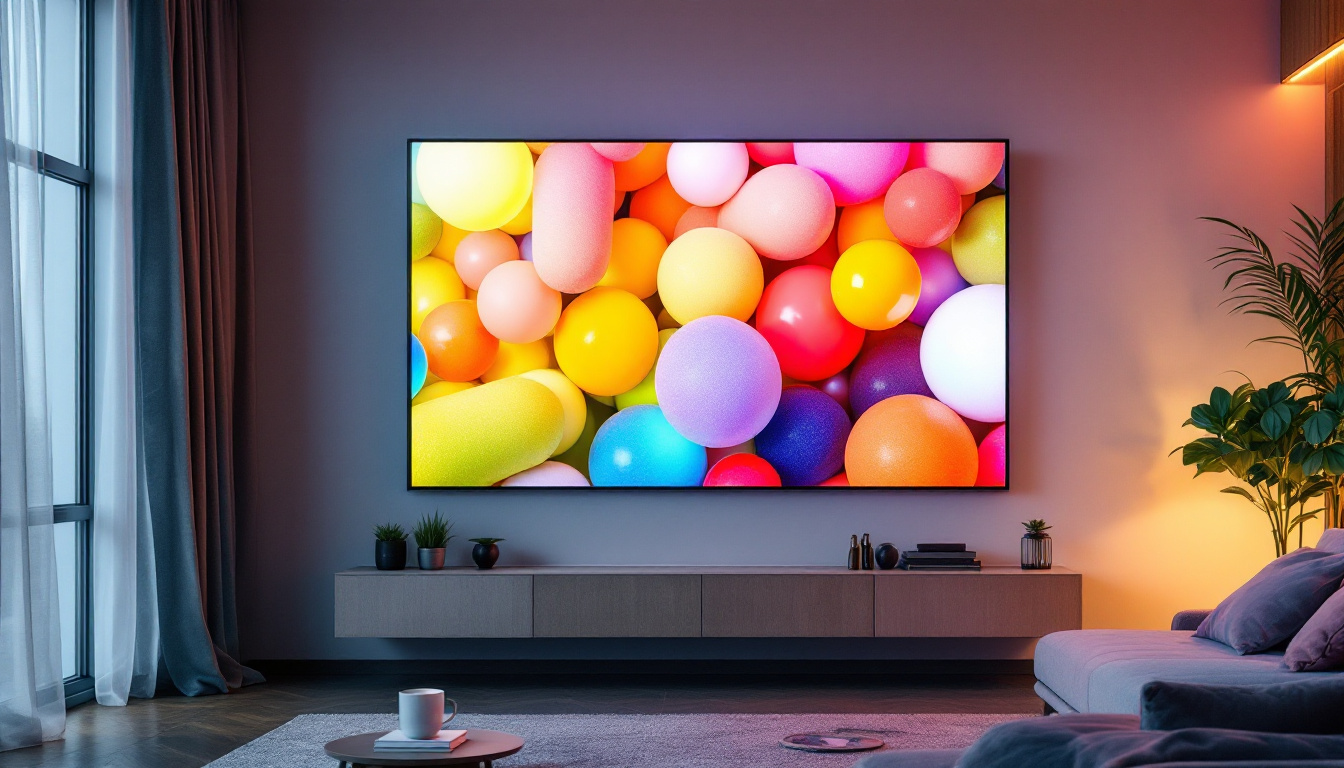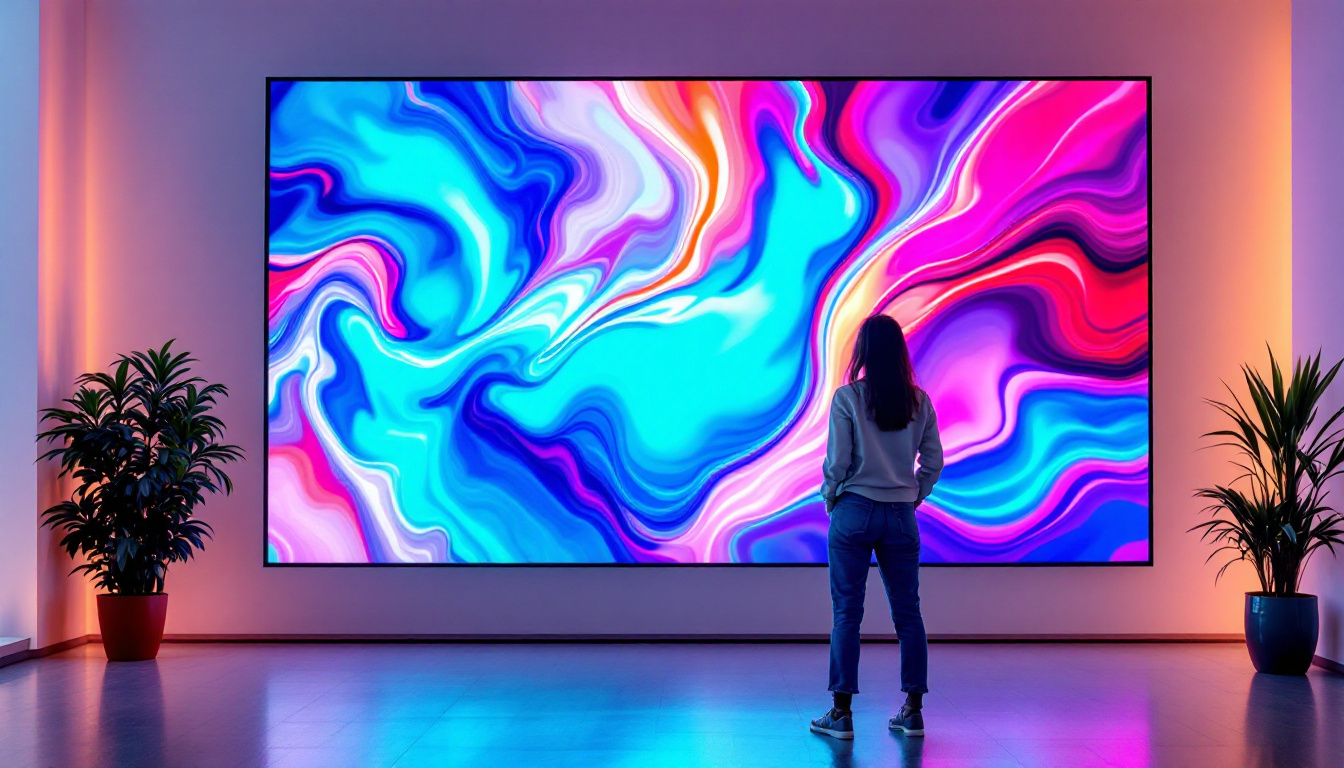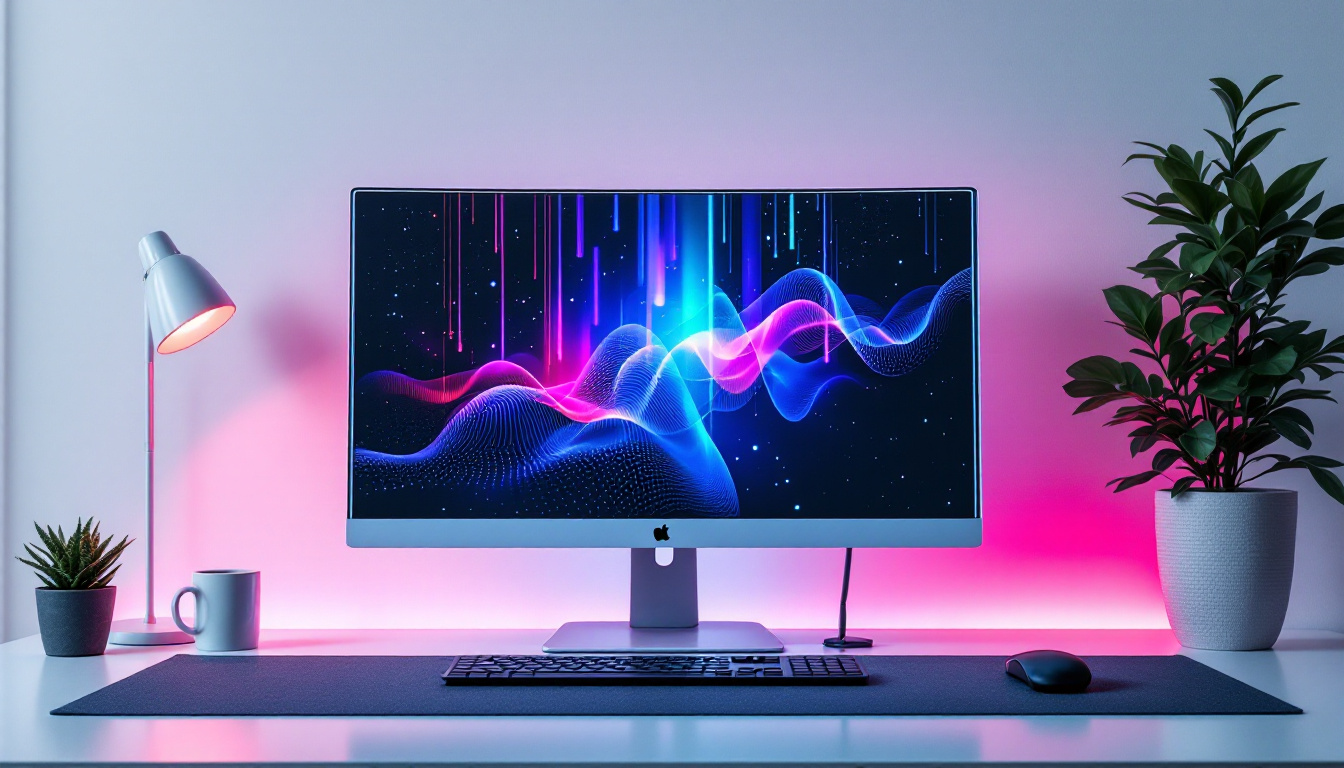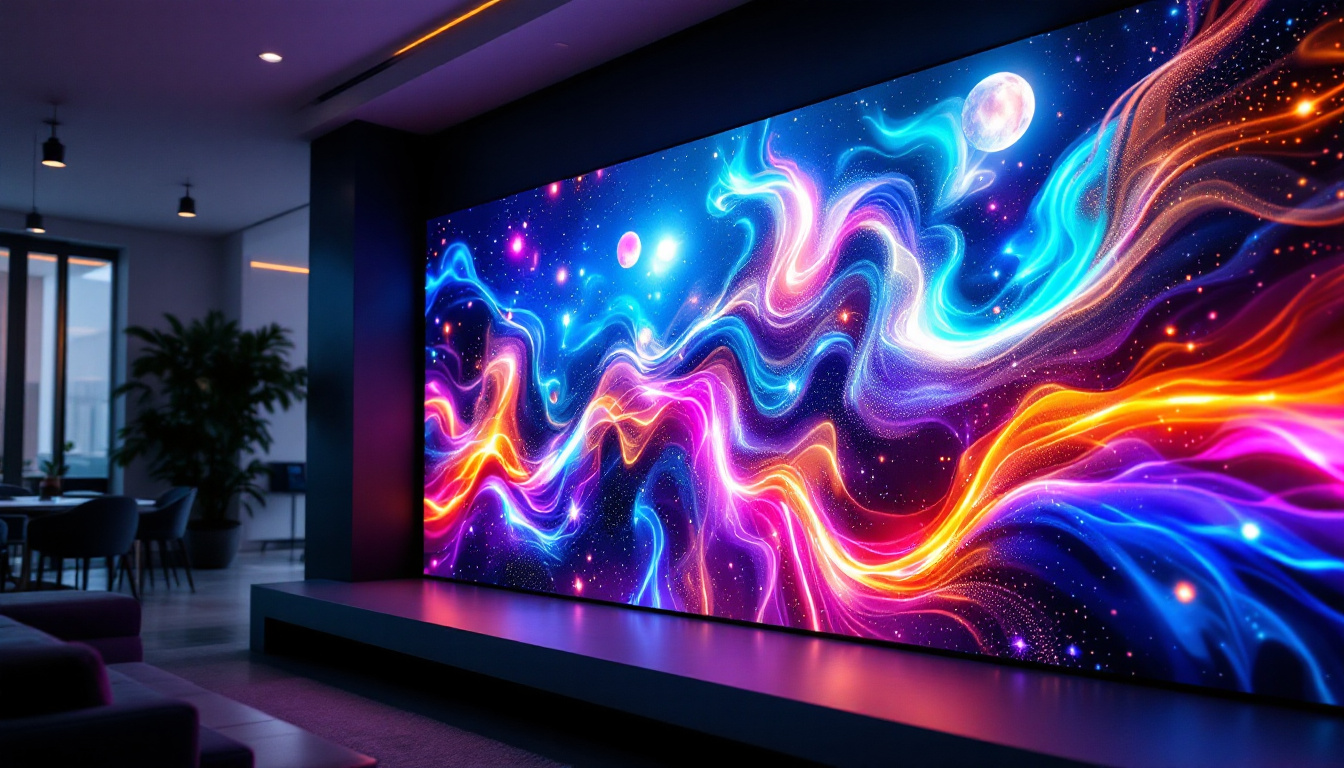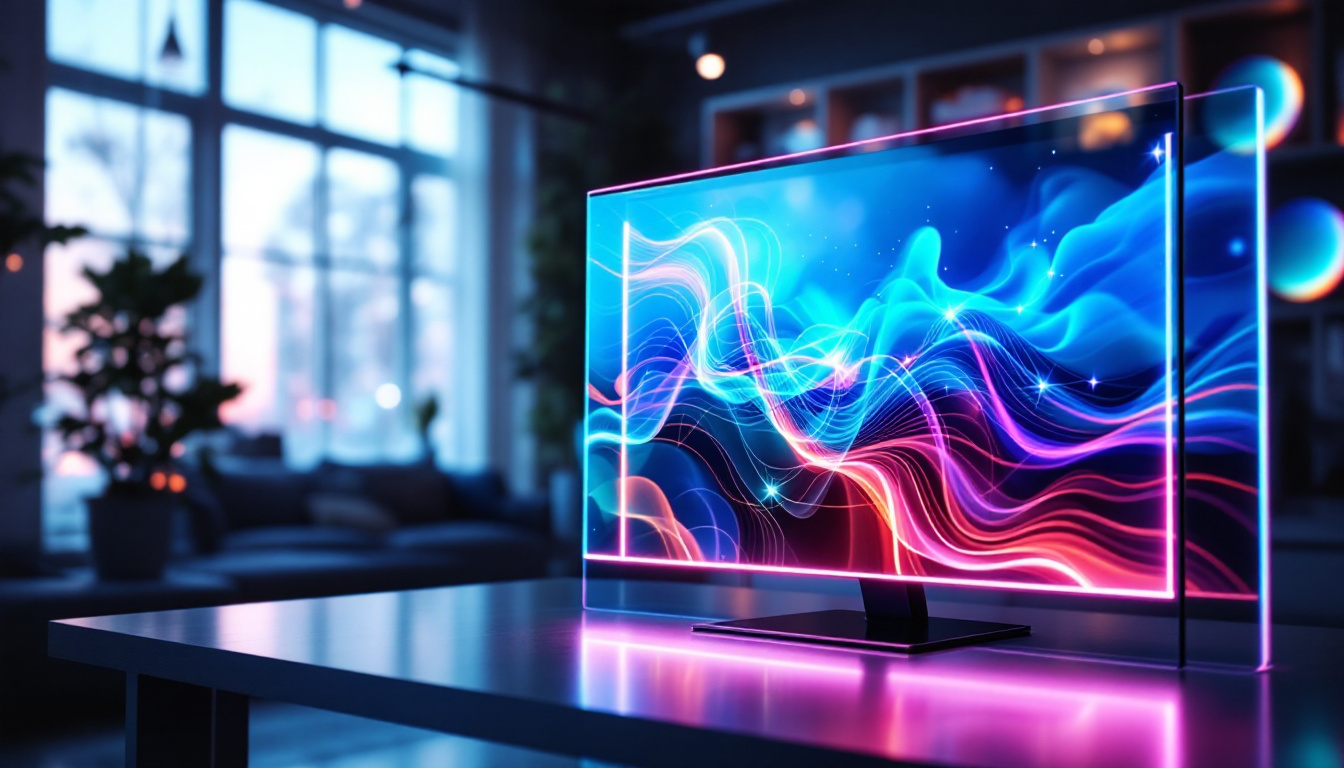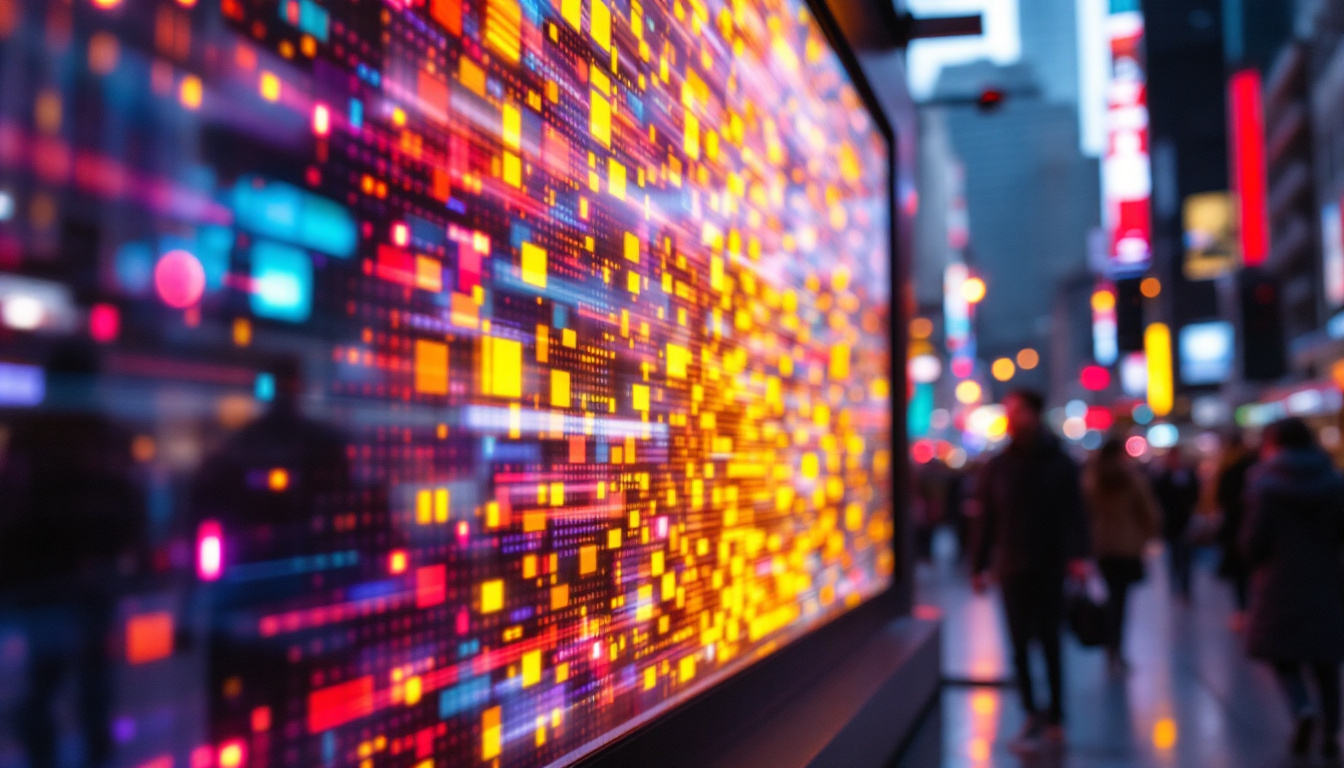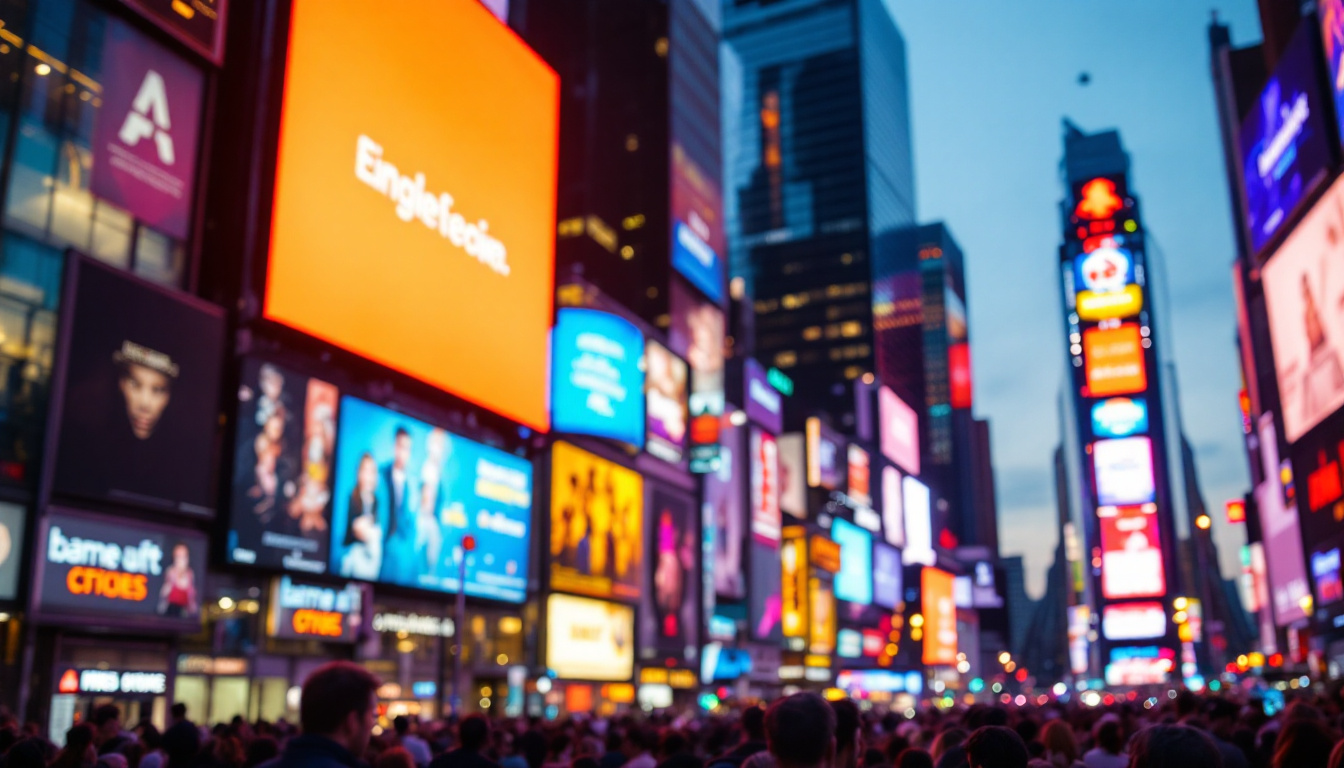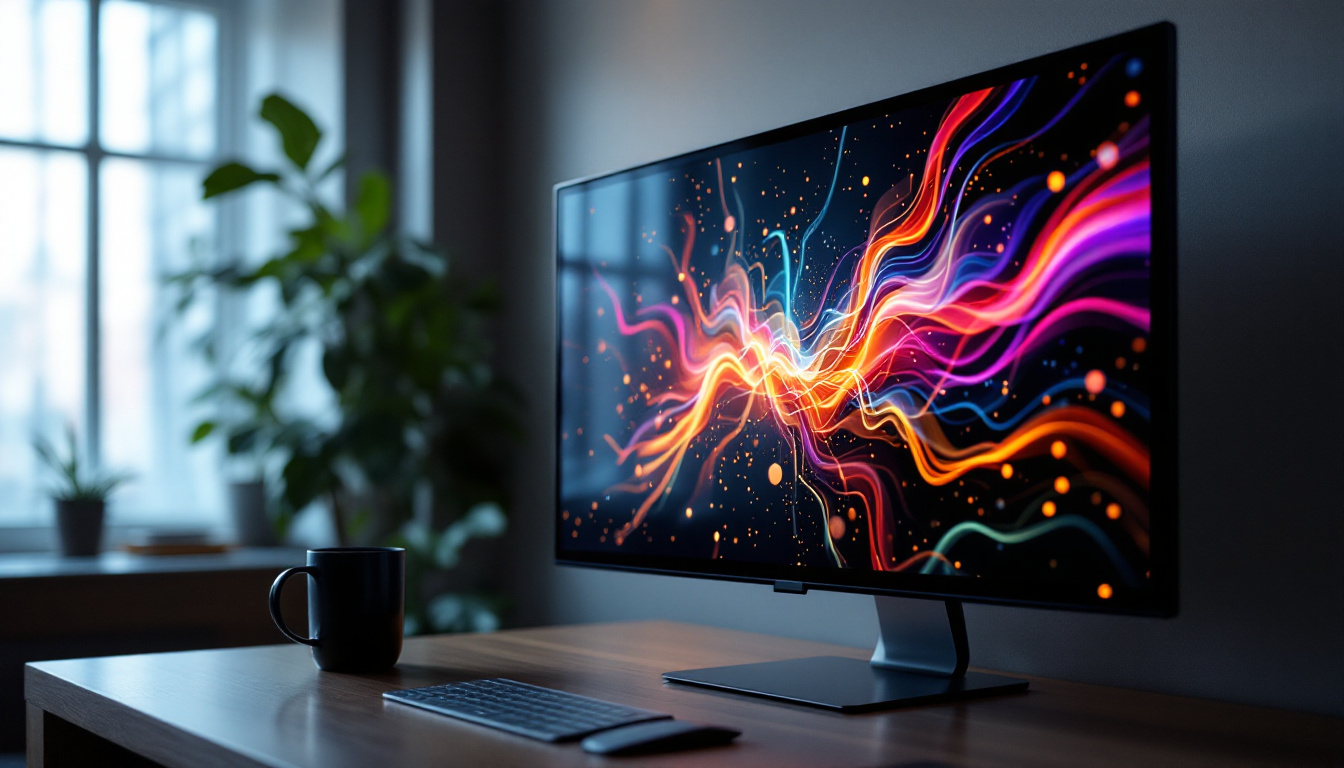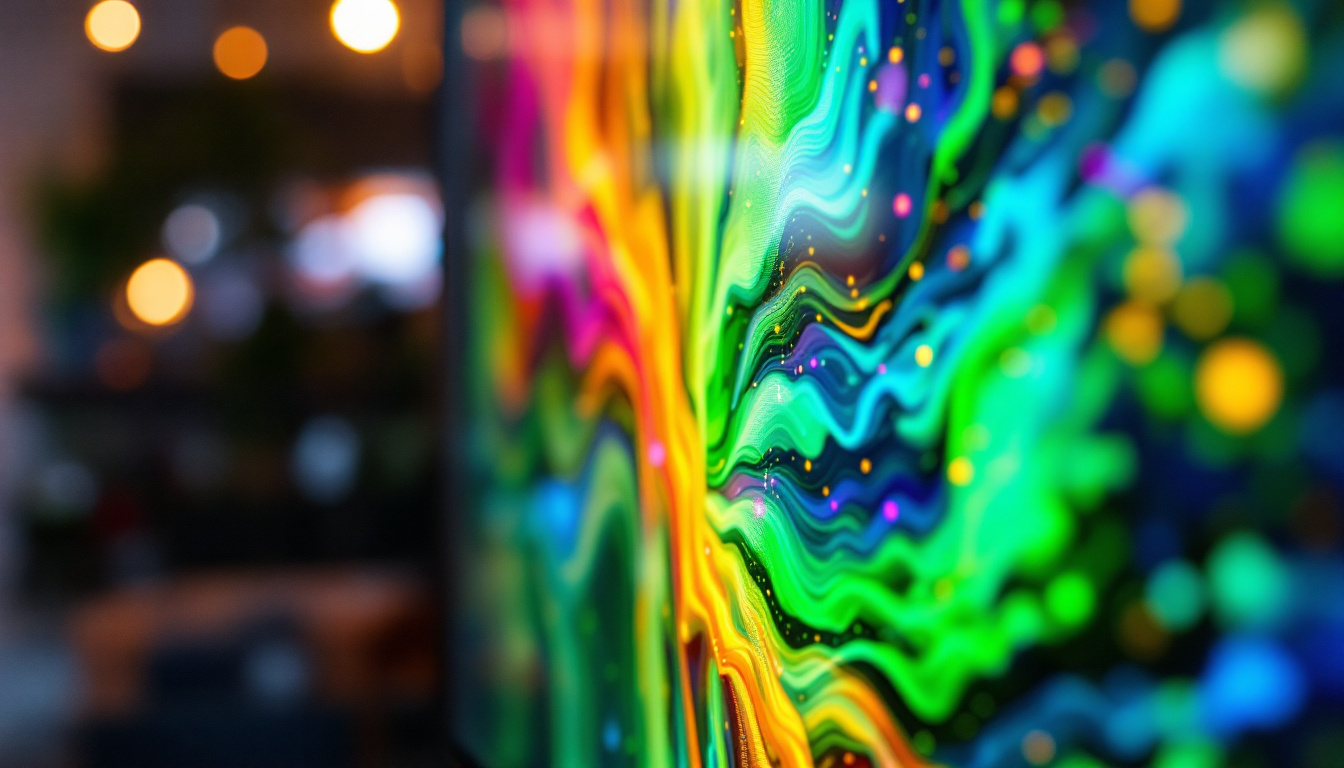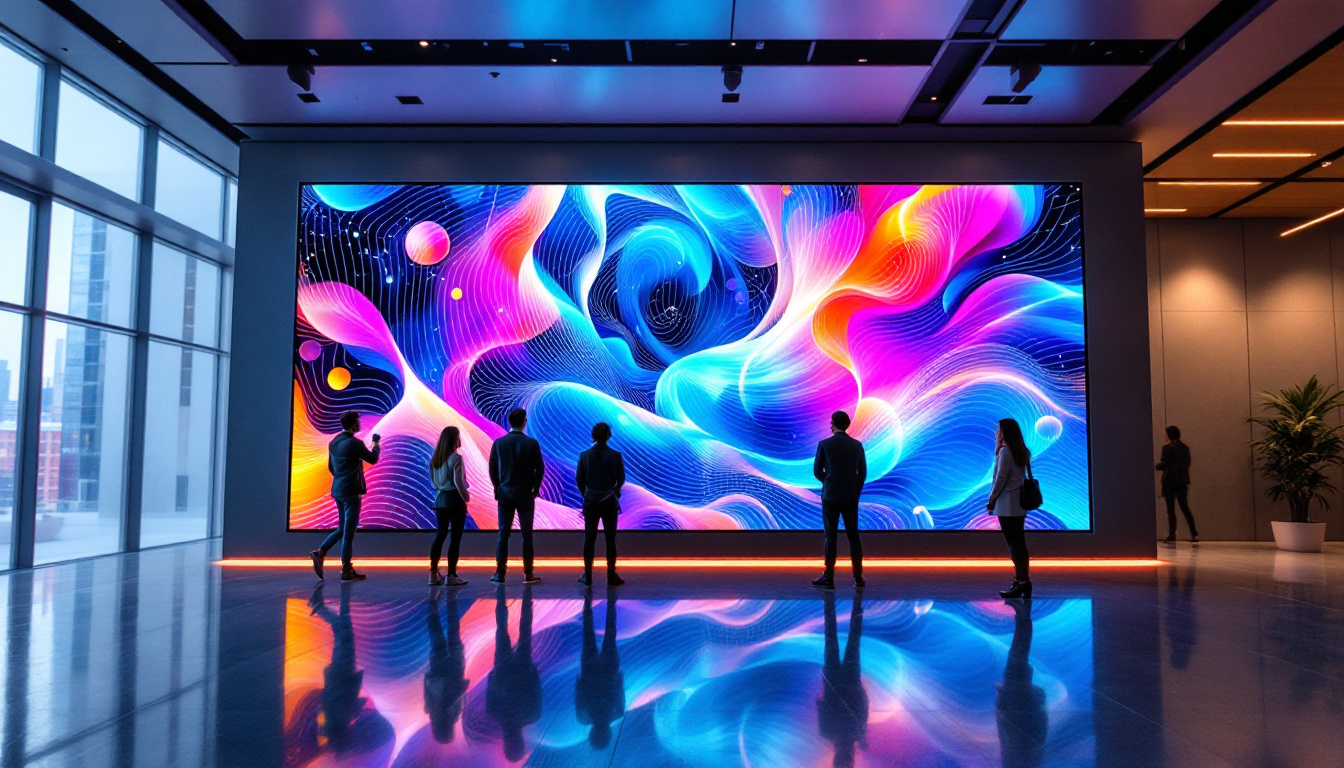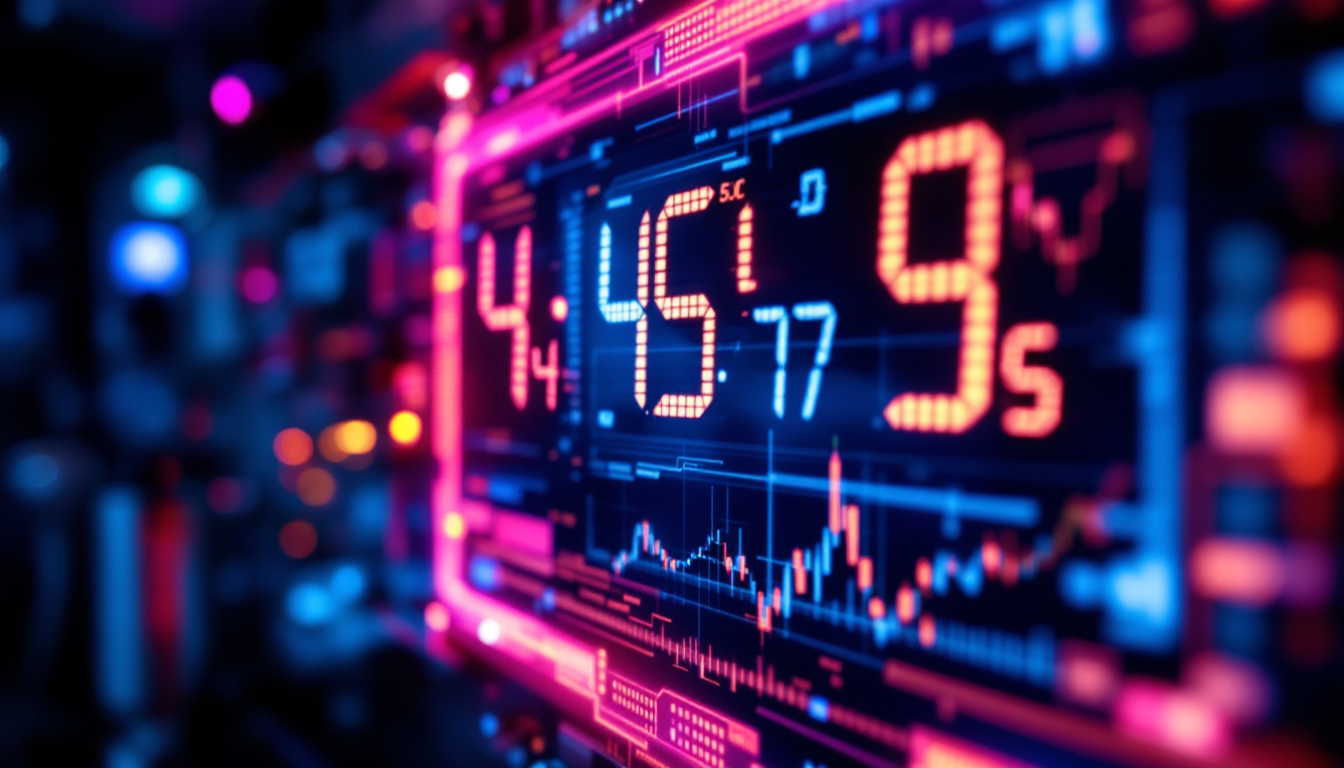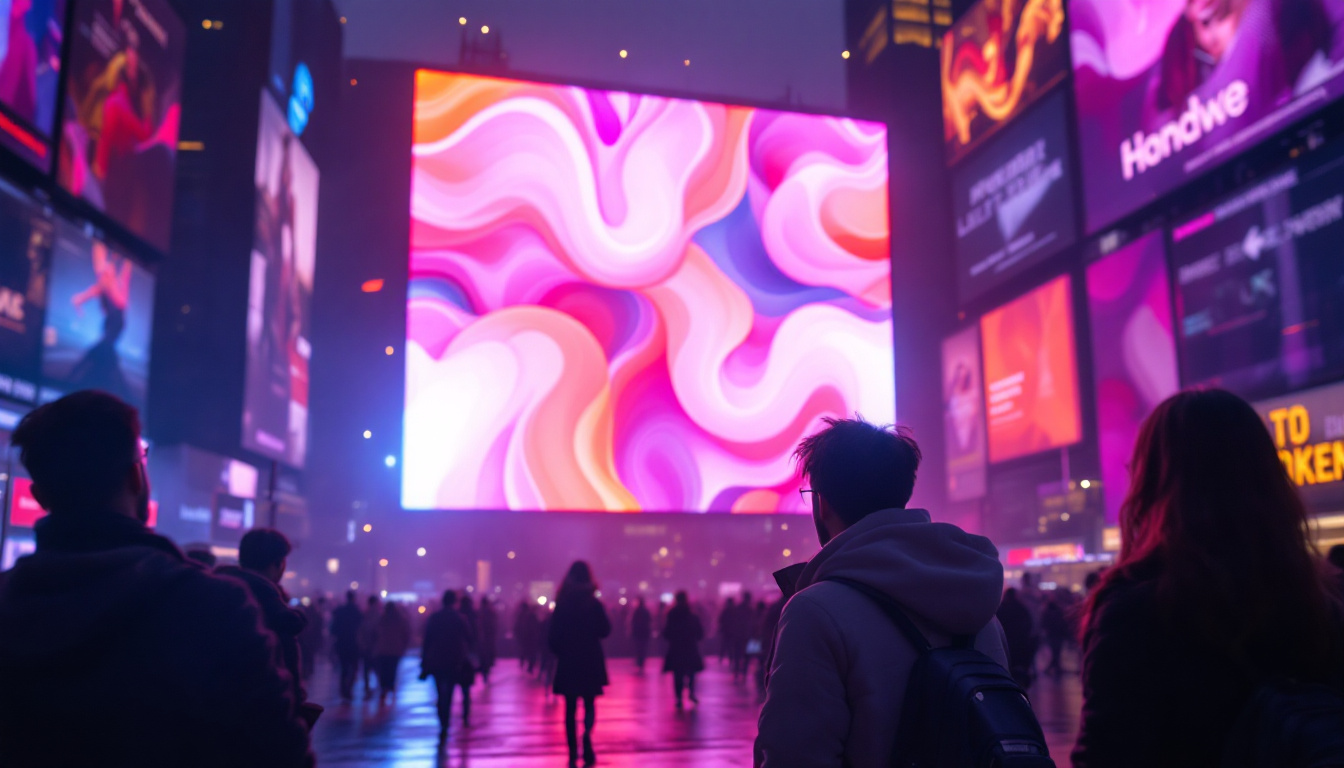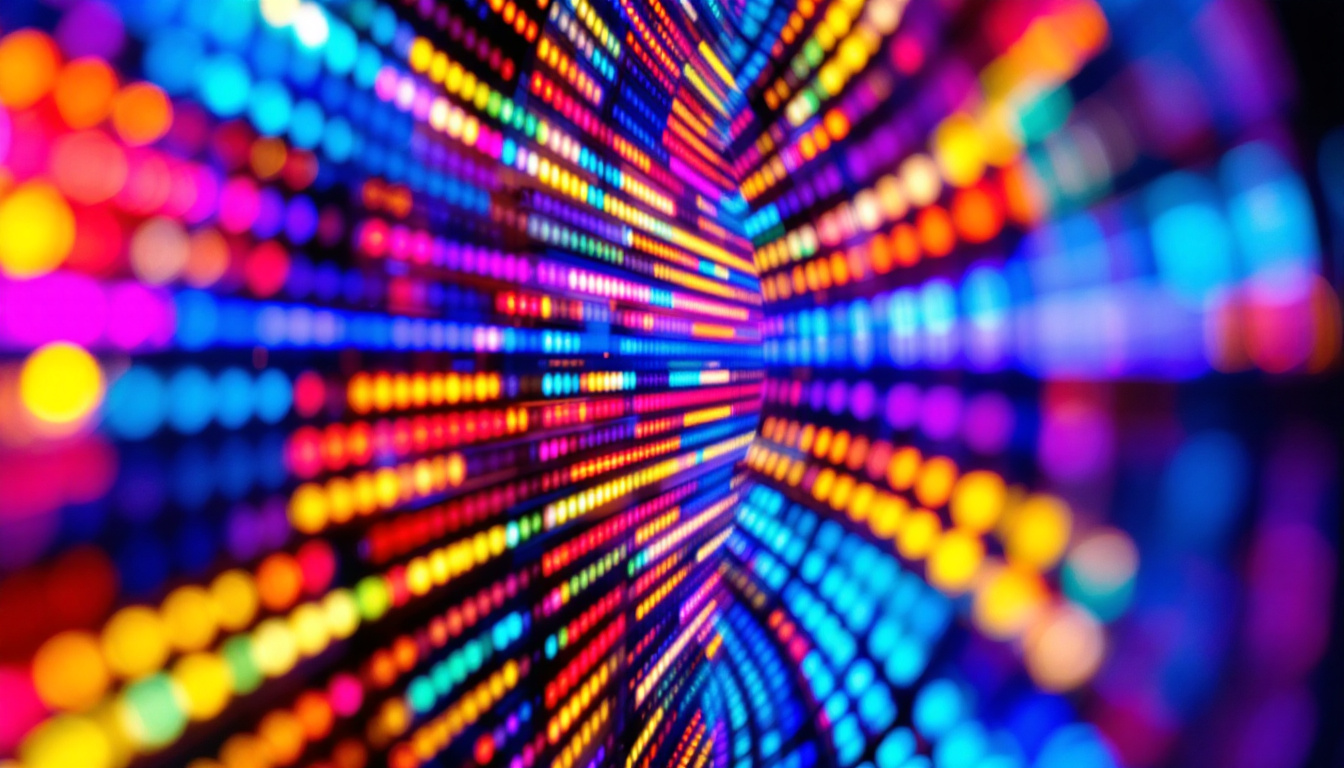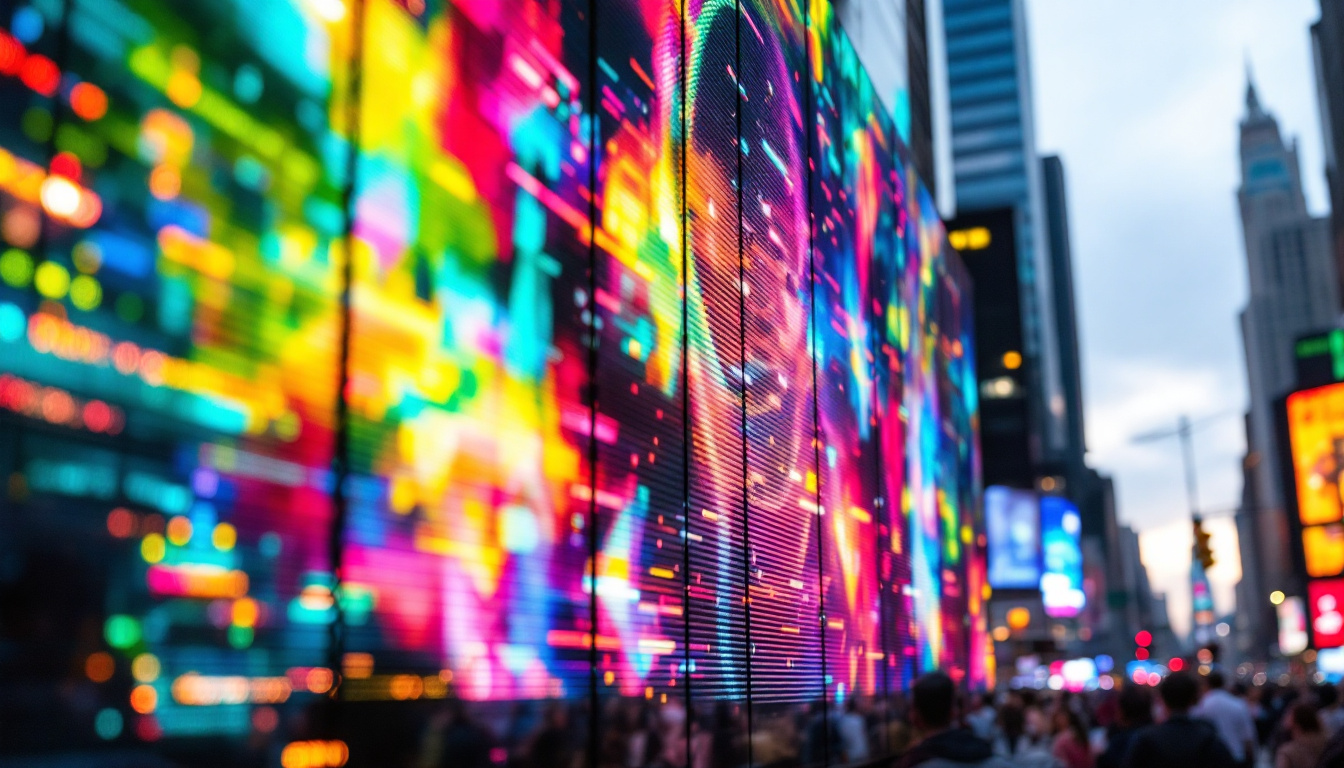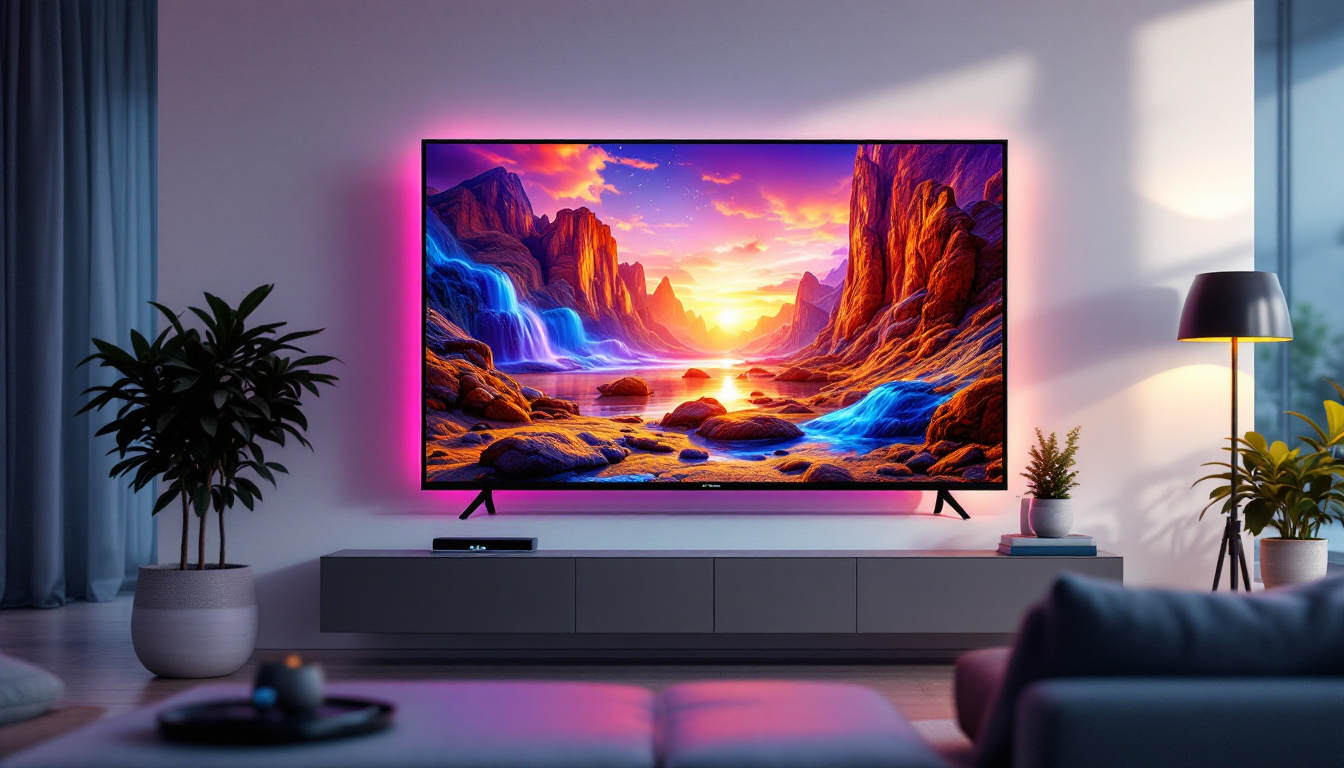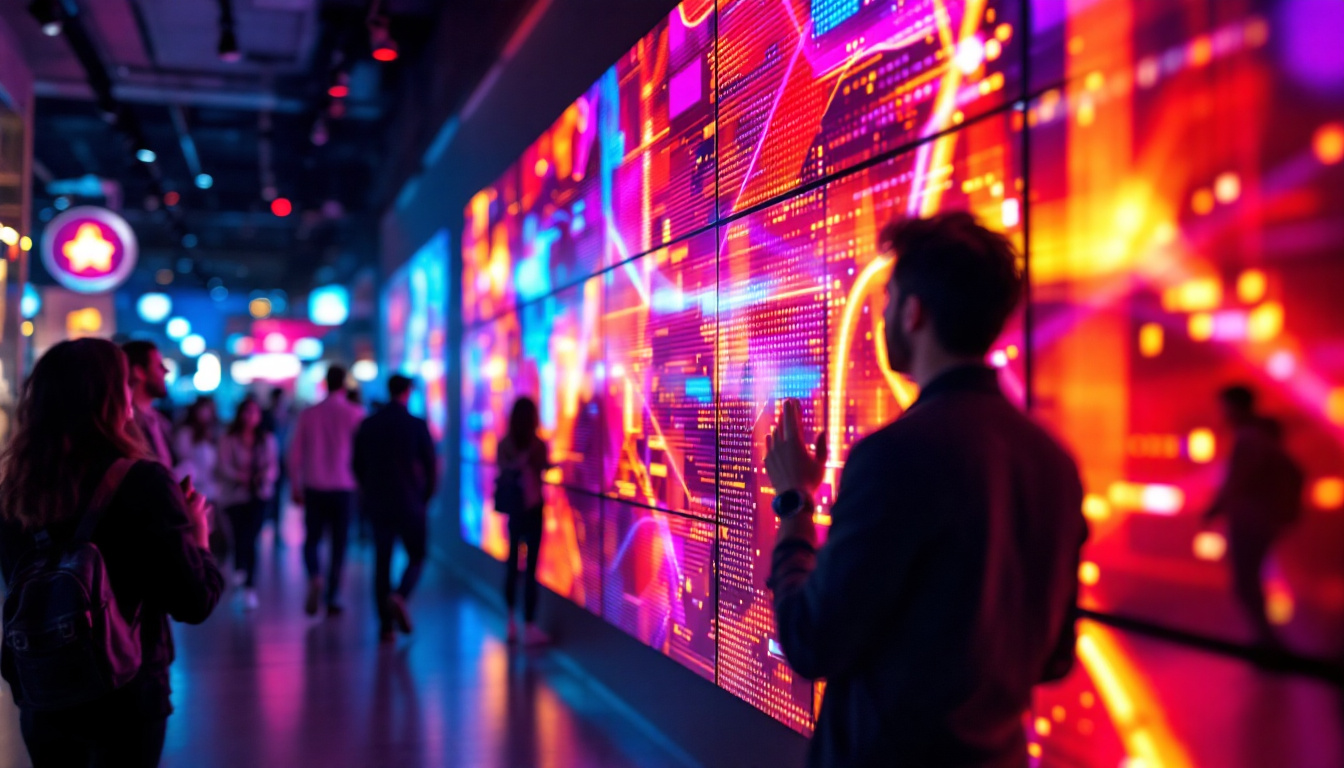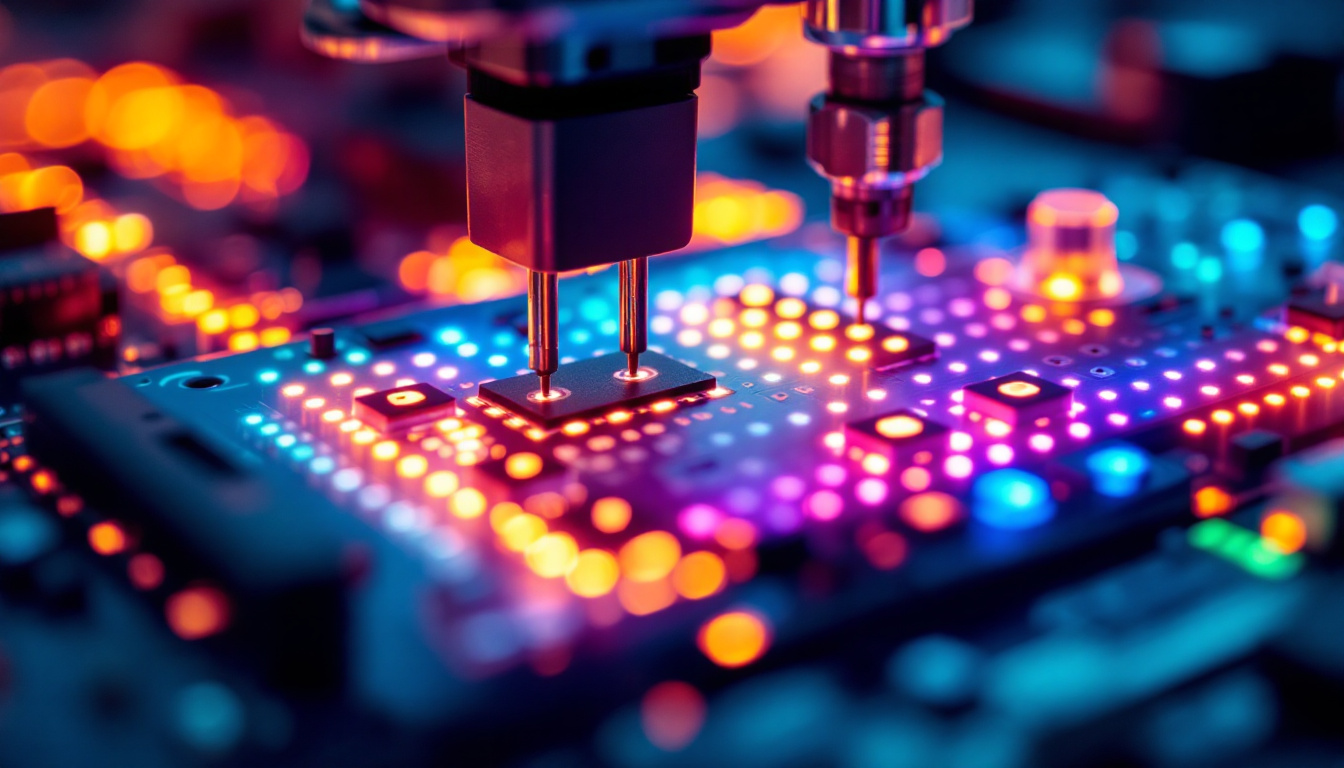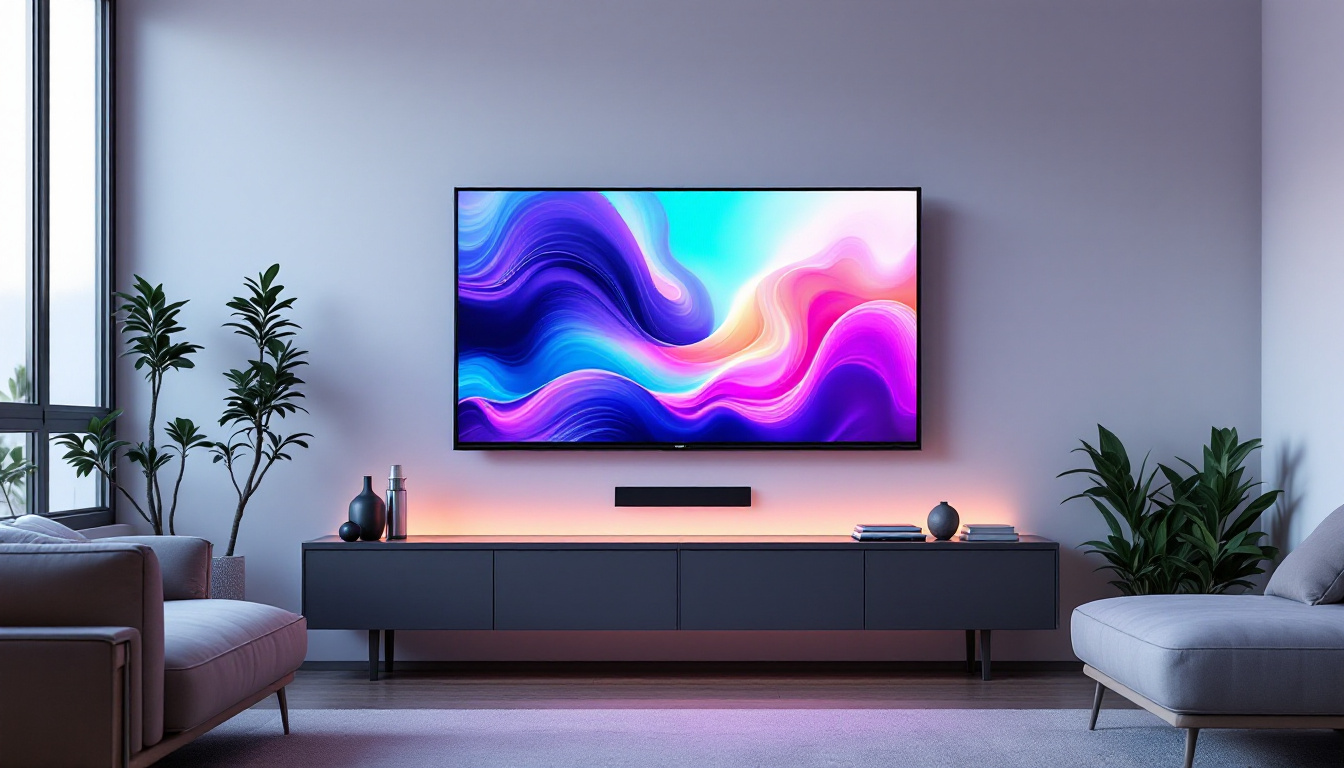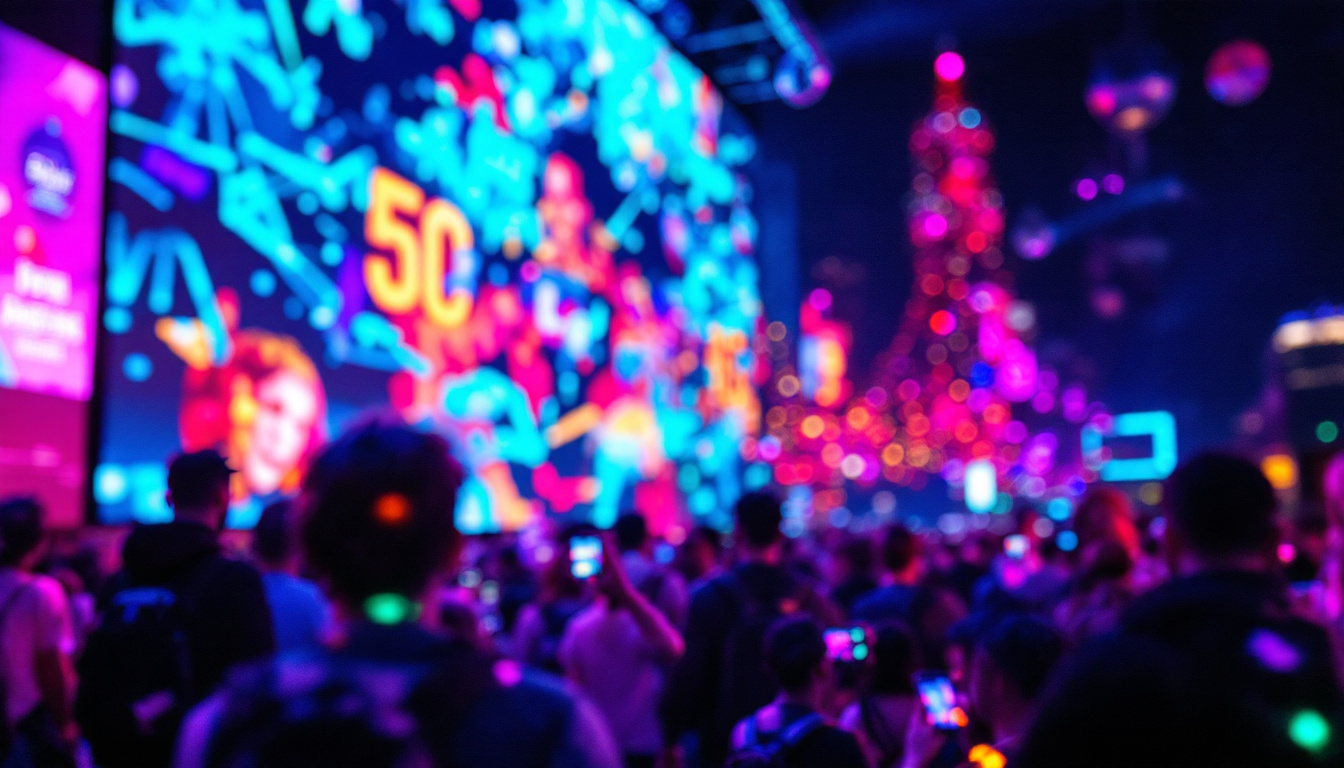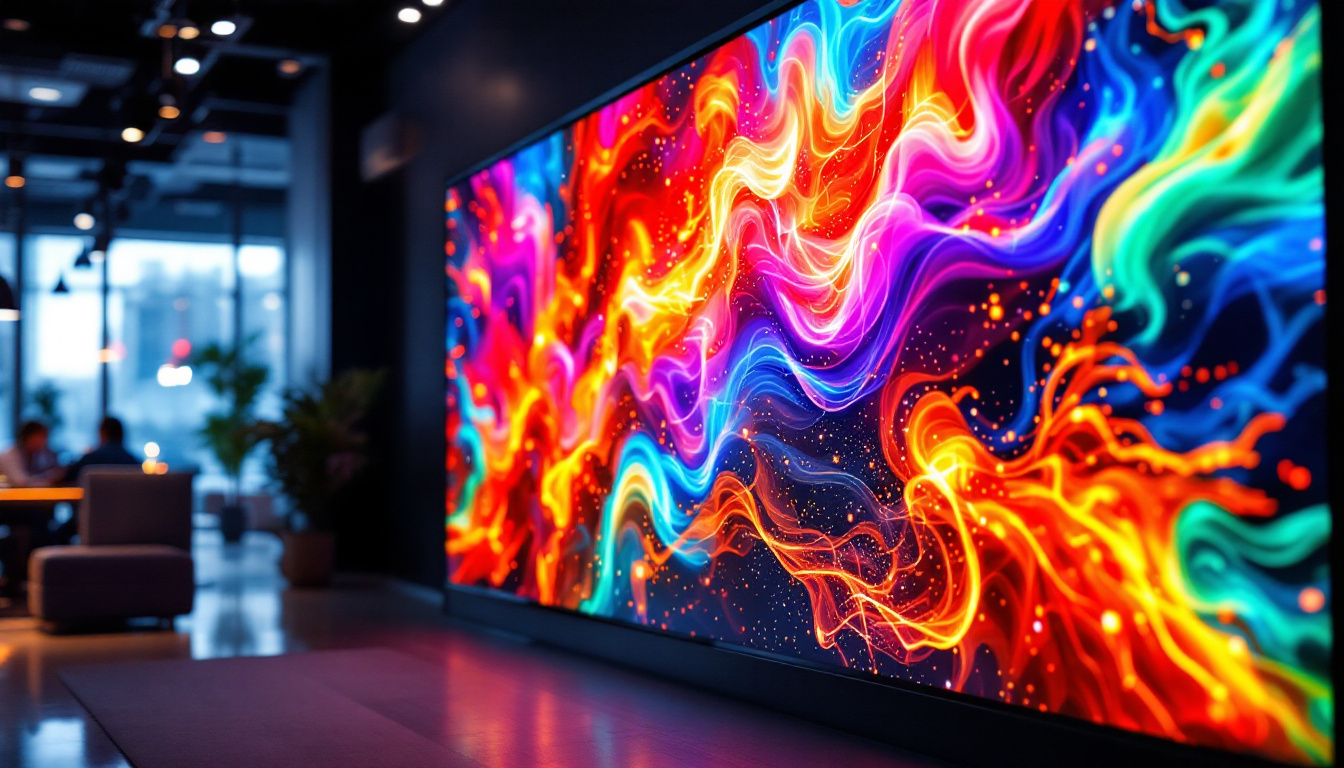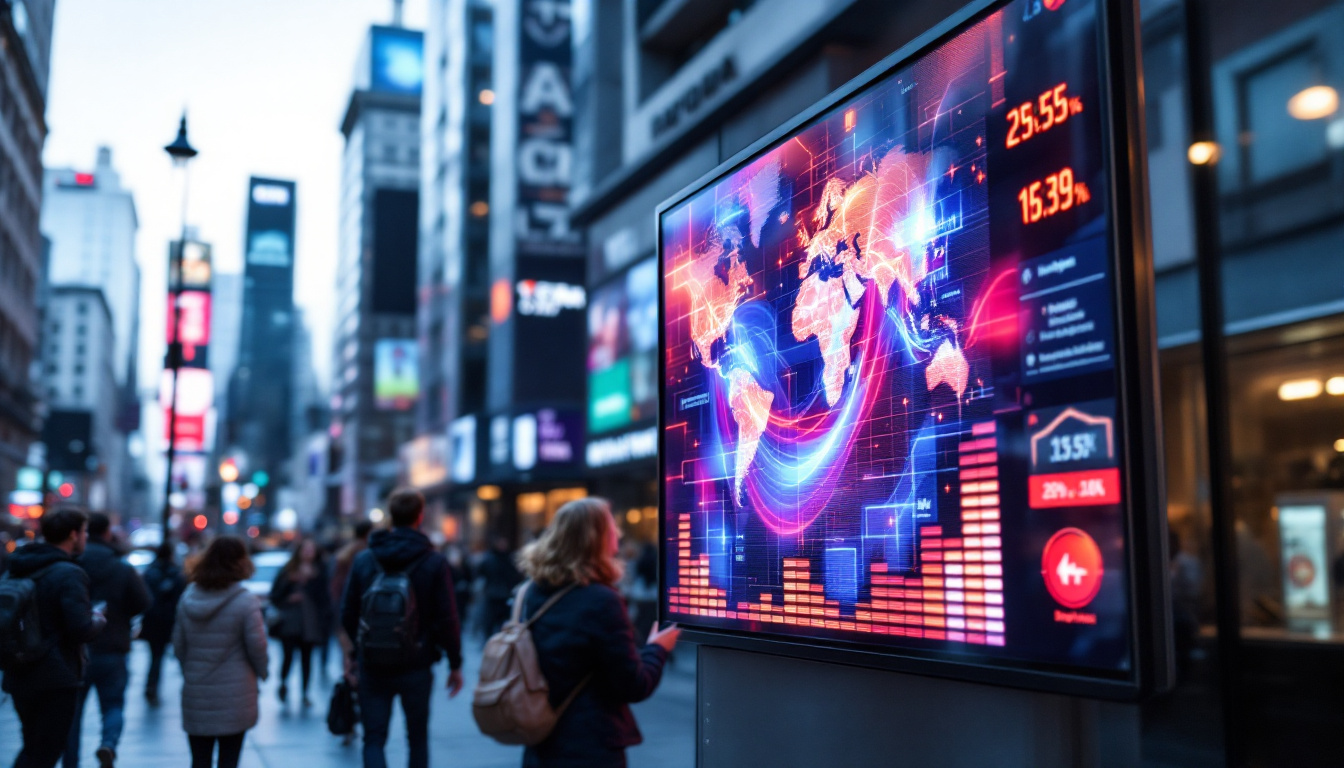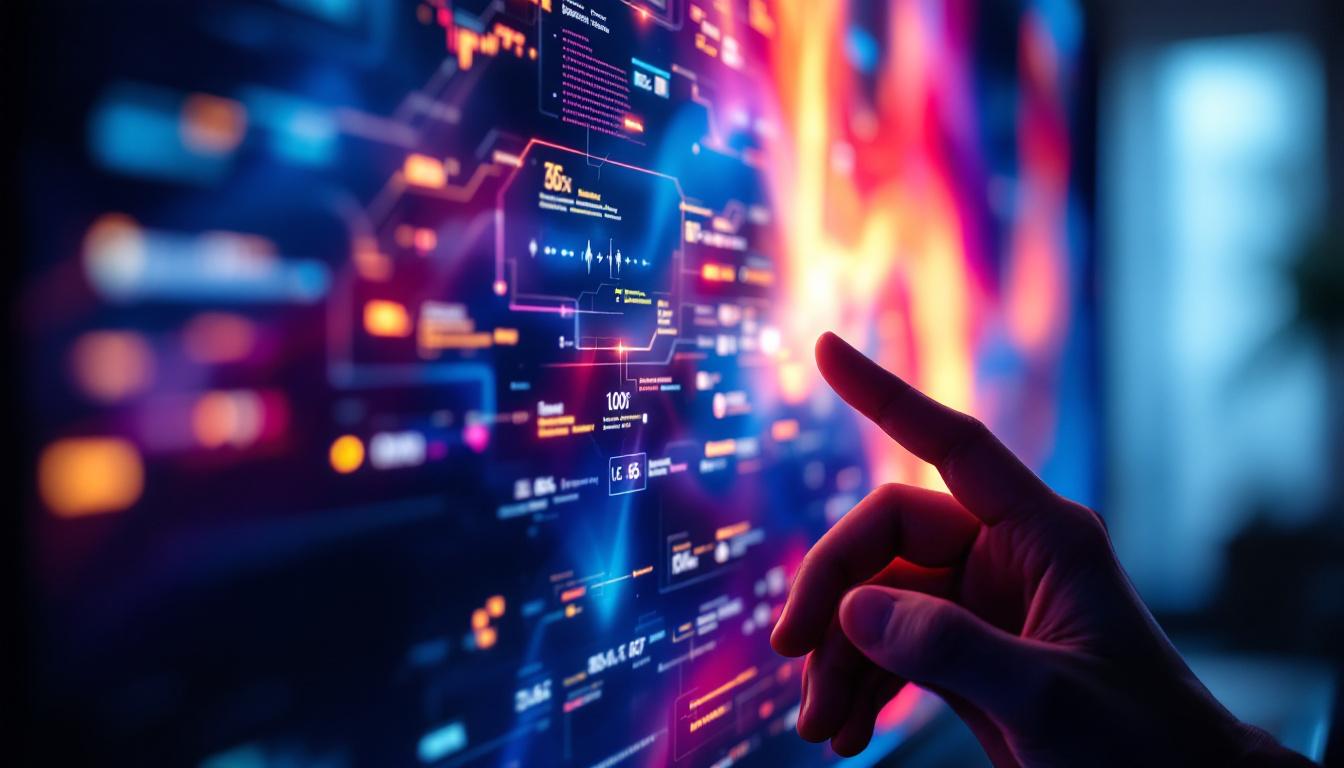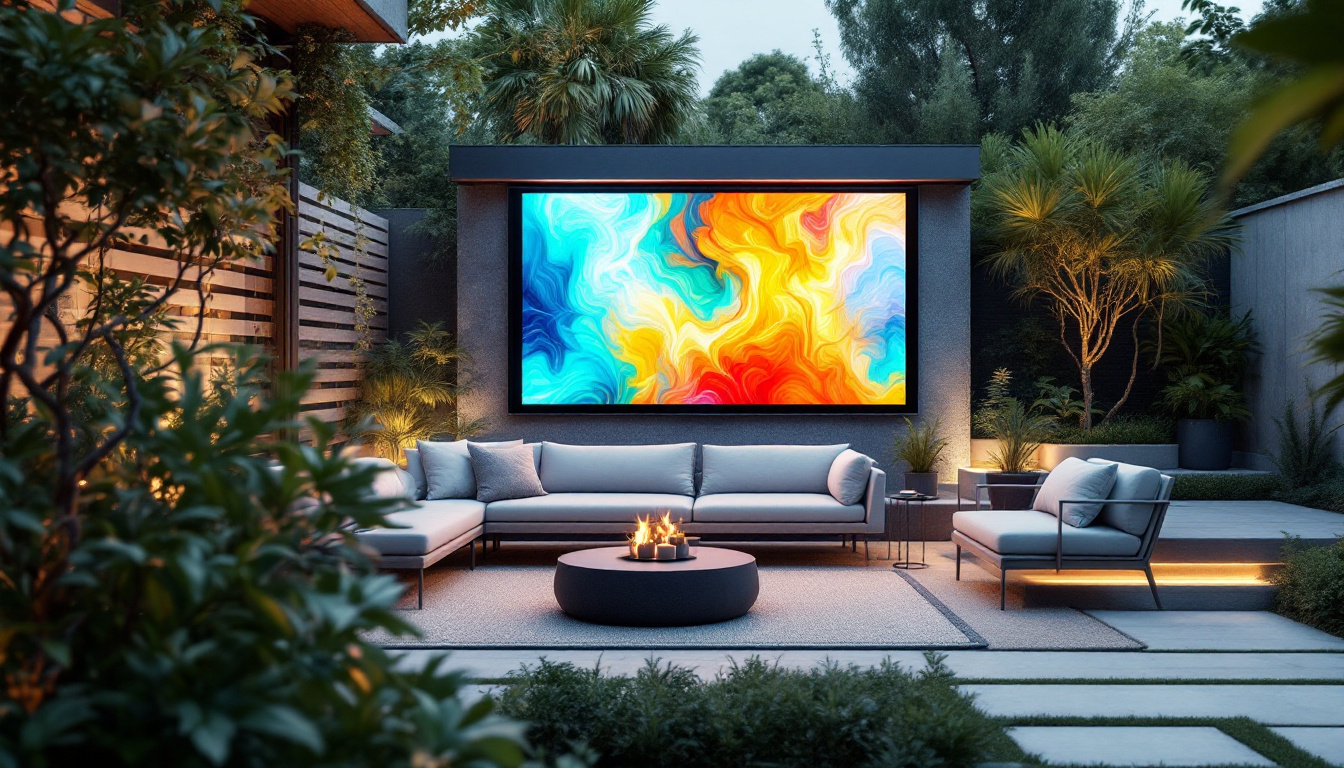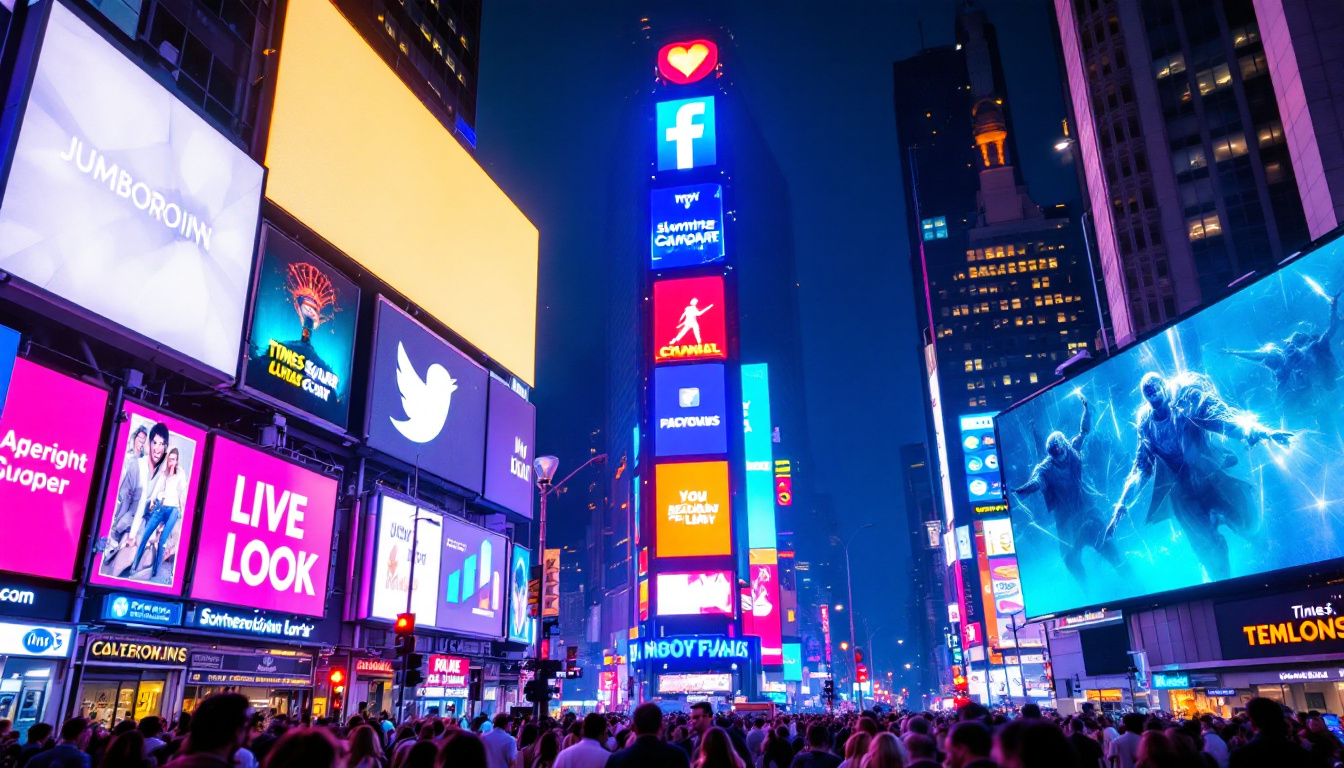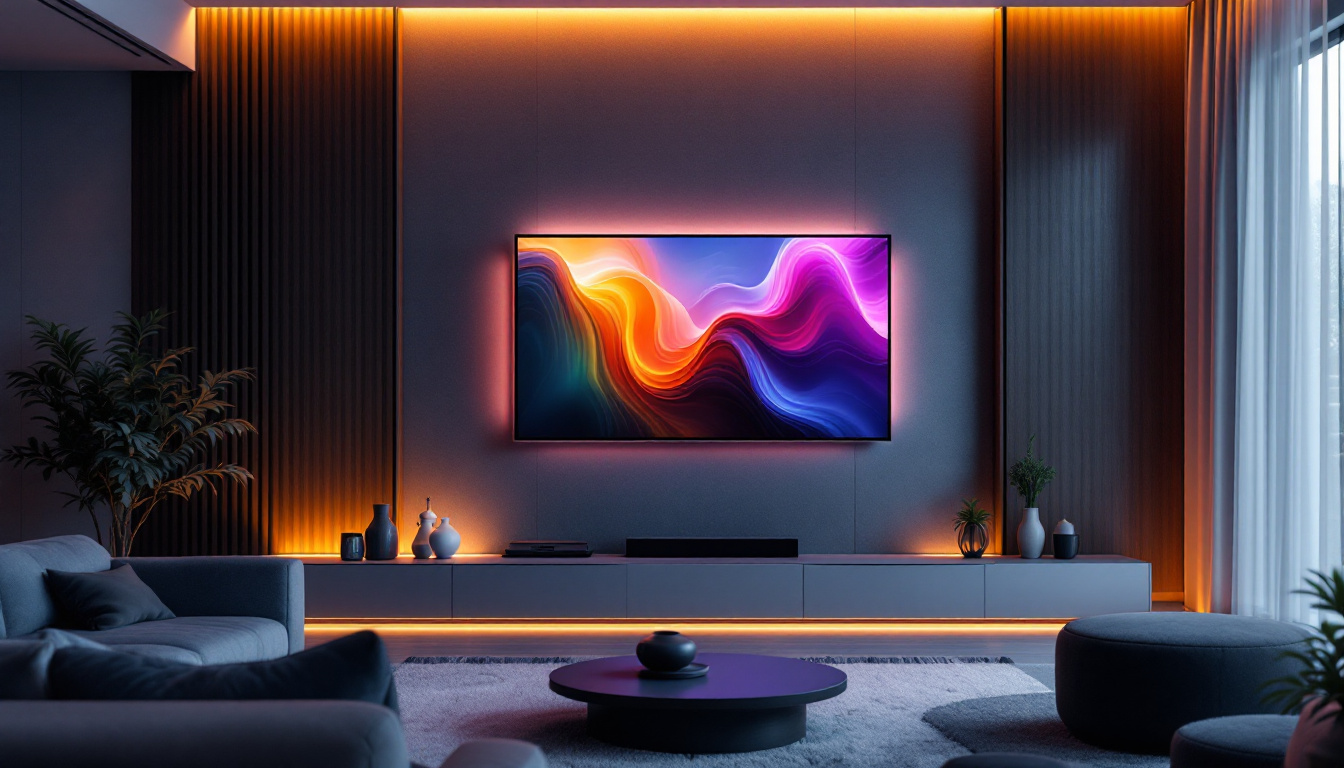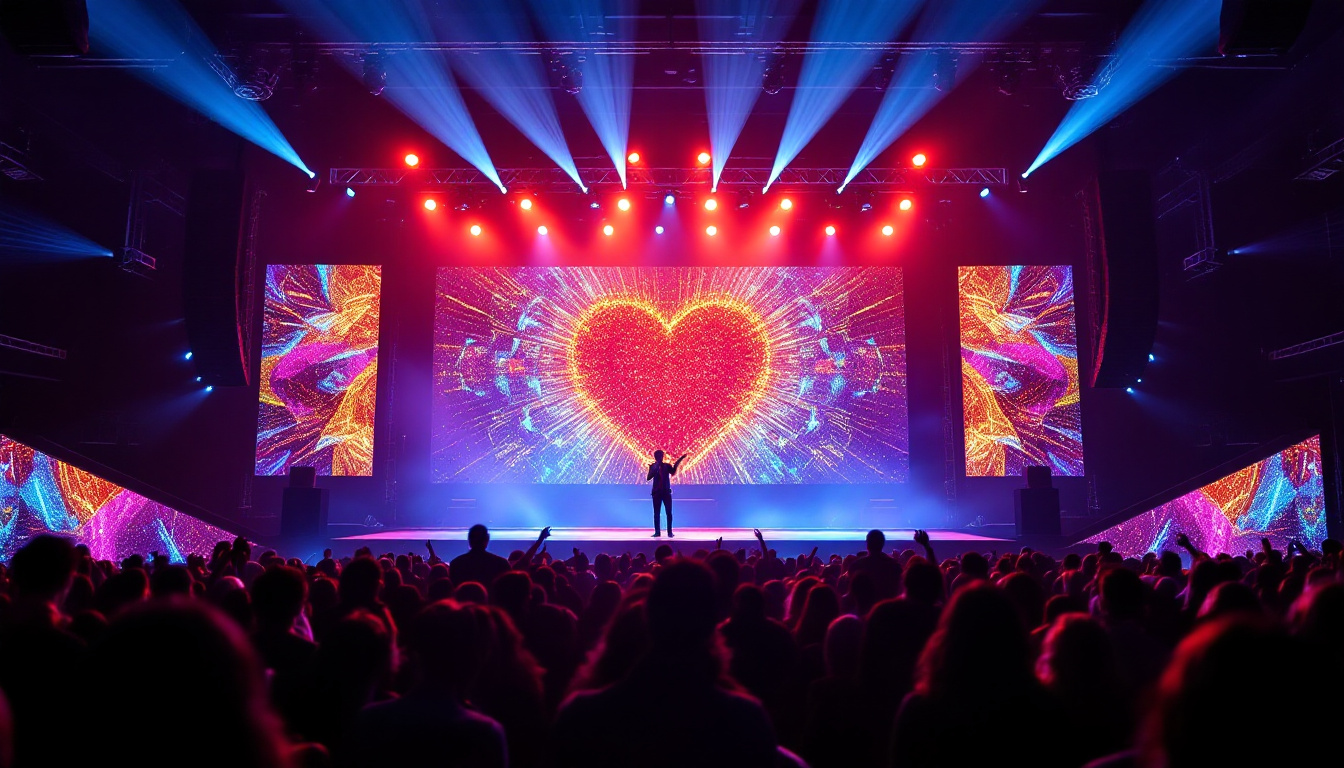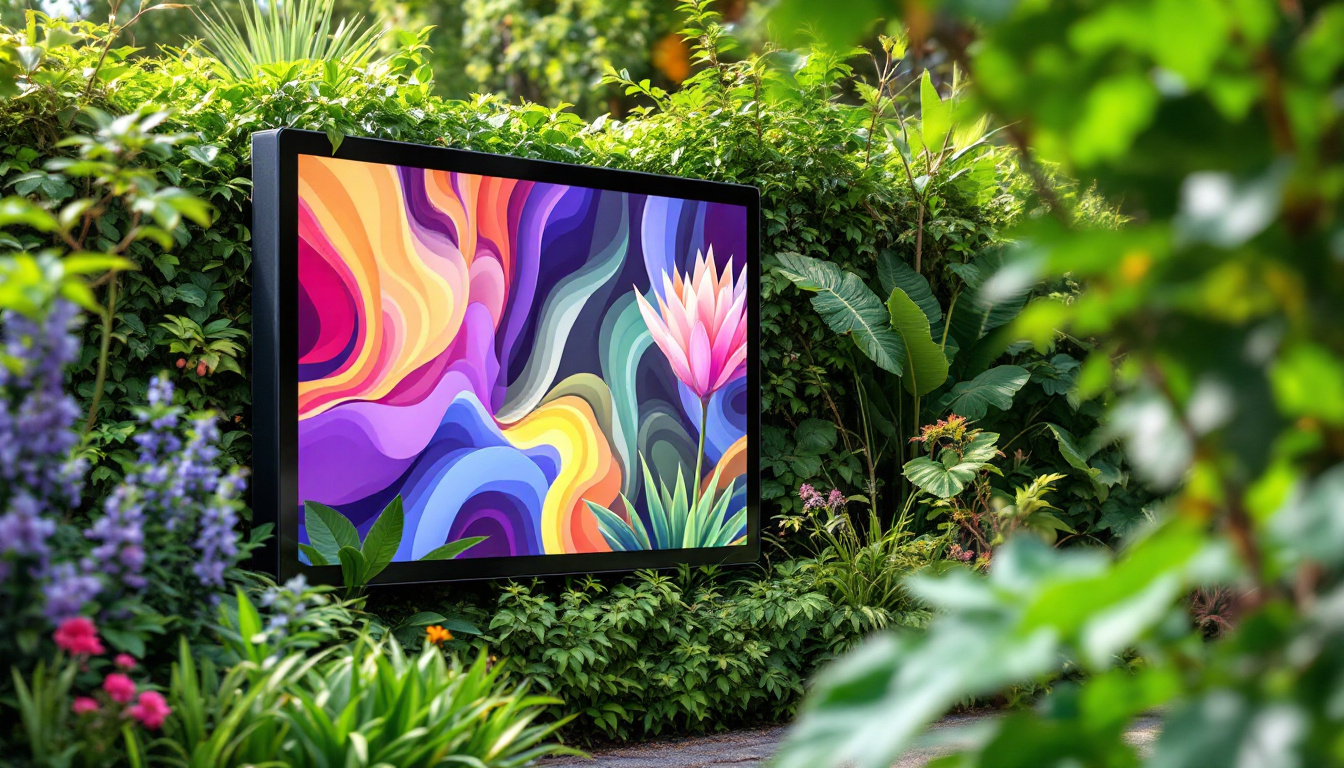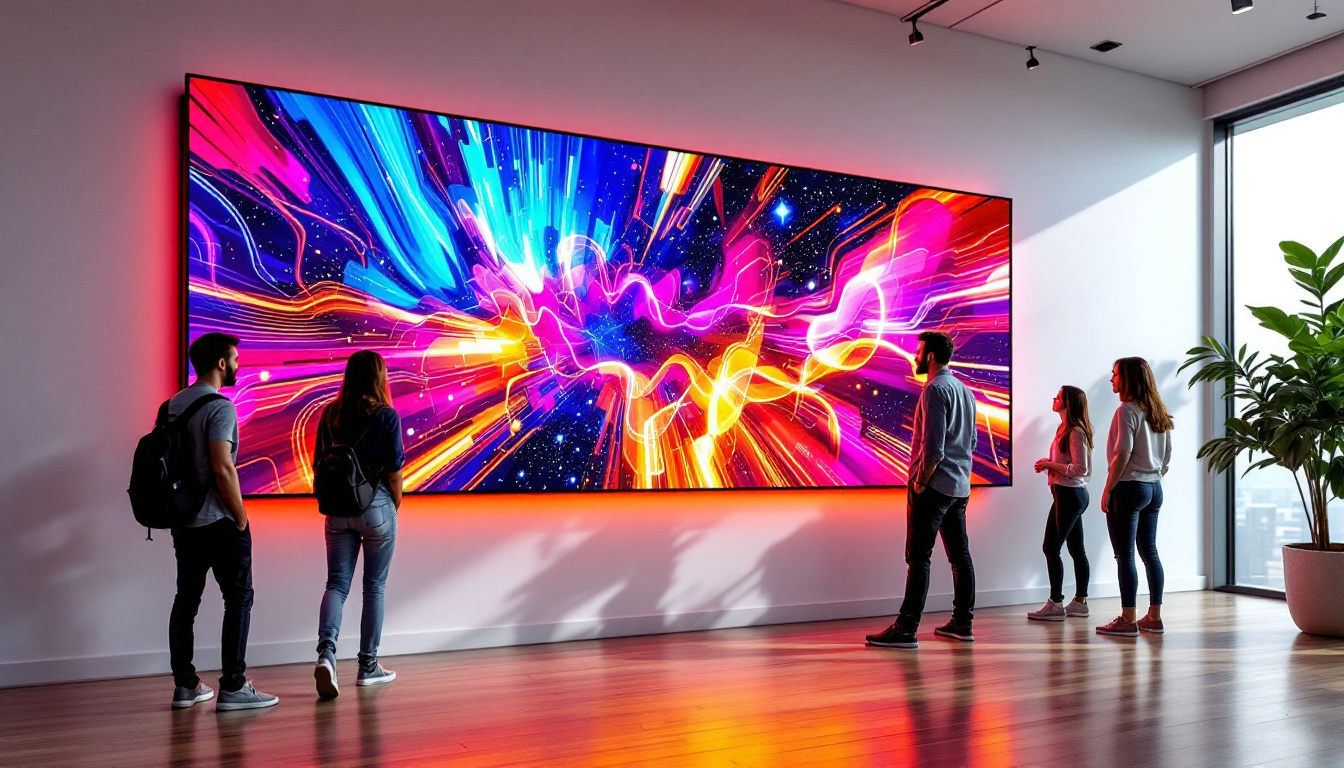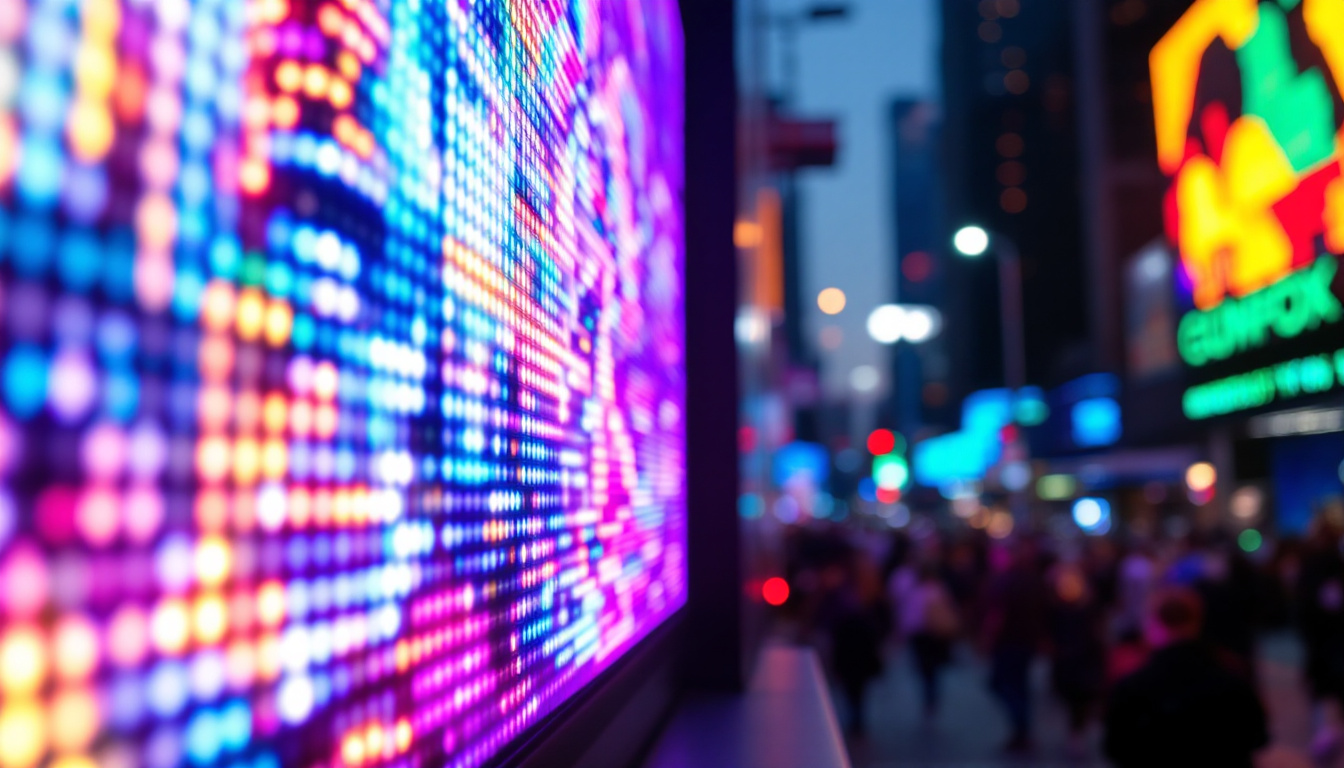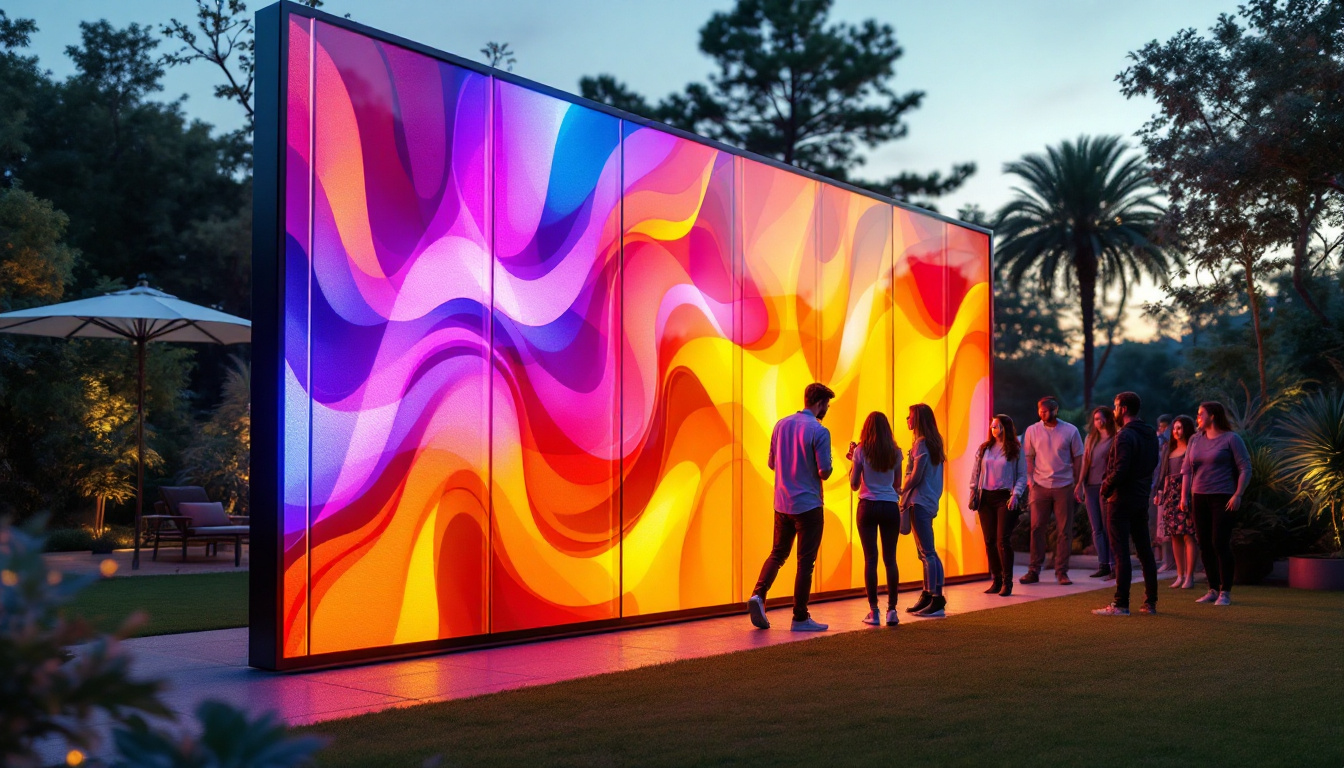In the modern world of visual technology, LED displays have become a cornerstone of communication and entertainment. The evolution of LED film screens has transformed how information is conveyed, making it more dynamic and engaging. This article delves into the intricacies of LED film screens for walls, exploring their features, applications, and advantages.
Understanding LED Film Screens
LED film screens are innovative display solutions that utilize light-emitting diodes (LEDs) to create vibrant images and videos. Unlike traditional screens, LED film screens are thin, flexible, and can be easily mounted on walls, making them ideal for various settings. Their lightweight design allows for easy installation and transportation, which is particularly advantageous for temporary setups at events or exhibitions.
These screens are composed of numerous small LED modules that work together to produce high-quality visuals. The technology behind LED film screens allows for a wide range of colors and brightness levels, ensuring that images are clear and captivating, even in bright environments. Furthermore, the energy efficiency of LED technology means that these screens consume less power compared to conventional display technologies, making them a more sustainable choice for long-term use.
How LED Film Screens Work
The core technology behind LED film screens involves the arrangement of LEDs in a matrix format. Each pixel is made up of red, green, and blue (RGB) LEDs, which can be adjusted to create a spectrum of colors. When these pixels light up, they form images that can be viewed from various angles. This multi-angle visibility is particularly beneficial in crowded spaces, where viewers may be positioned at different points relative to the screen.
One of the key advantages of LED film screens is their ability to display content in real-time. This feature makes them particularly useful for advertising, live events, and information dissemination, where timely updates are crucial. Additionally, many LED film screens come equipped with advanced software that enables seamless integration with social media feeds, allowing for dynamic content that can engage audiences in real-time.
Types of LED Film Screens
There are several types of LED film screens available, each designed for specific applications. Common types include:
- Indoor LED Screens: These are designed for use in controlled environments, such as conference rooms, shopping malls, and theaters. They provide high resolution and are optimized for close viewing distances, making them perfect for presentations and immersive experiences.
- Outdoor LED Screens: Built to withstand the elements, outdoor screens are brighter and more durable. They are commonly used for billboards, sports arenas, and outdoor events. These screens often feature enhanced weatherproofing and anti-glare technologies to ensure visibility in direct sunlight and adverse weather conditions.
- Transparent LED Screens: These unique displays allow light to pass through while still displaying images. They are often used in retail environments to create eye-catching displays without obstructing visibility. This innovative design not only enhances the aesthetic appeal of storefronts but also allows for creative advertising solutions that blend seamlessly with the surrounding architecture.
Applications of LED Film Screens
The versatility of LED film screens allows them to be utilized in a multitude of settings. Their applications span various industries, making them a popular choice for businesses and organizations alike.
Advertising and Marketing
One of the most prominent uses of LED film screens is in advertising. Businesses leverage these displays to showcase their products and services in an engaging manner. The dynamic nature of LED screens allows for animations and videos that capture the attention of potential customers.
Moreover, the ability to change content remotely and in real-time enables advertisers to tailor their messages to specific audiences, enhancing the effectiveness of their campaigns. This adaptability is particularly beneficial in high-traffic areas, where businesses can rotate promotions based on the time of day or special events, ensuring that their messaging remains relevant and impactful.
Entertainment and Events
In the entertainment industry, LED film screens play a vital role in enhancing the audience experience. Concerts, festivals, and live performances often feature large LED displays that provide visual effects and supplementary information, such as lyrics or artist details.
Additionally, event organizers utilize LED screens for live broadcasting, ensuring that attendees can see the action from any angle, regardless of their seating position. These screens can also be used to create immersive environments, combining visuals with sound to transport audiences into a different world. For example, at film festivals, LED screens can showcase trailers and behind-the-scenes footage, enriching the overall experience and drawing in larger crowds.
Corporate and Educational Use
In corporate settings, LED film screens are used for presentations, training sessions, and conferences. Their ability to display high-quality visuals makes them an excellent tool for conveying complex information clearly and effectively.
Educational institutions also benefit from LED screens, using them to enhance learning experiences. Interactive lessons can be delivered through engaging visuals, making it easier for students to grasp difficult concepts. Furthermore, these screens can facilitate collaborative learning by allowing multiple students to interact with the content simultaneously, fostering a more dynamic and participatory classroom environment. Teachers can also use LED screens to display real-time data and analytics, making lessons more relevant and applicable to current events, thereby sparking students’ interest in the subject matter.
Advantages of LED Film Screens
LED film screens offer numerous advantages that make them a preferred choice over traditional display technologies. Understanding these benefits can help businesses and organizations make informed decisions when investing in display solutions.
High Brightness and Clarity
One of the standout features of LED film screens is their brightness. Unlike LCD or projection screens, LED displays maintain clarity and vibrancy even in well-lit environments. This characteristic is particularly beneficial for outdoor applications where sunlight can wash out other display types.
The high contrast ratio of LED screens also contributes to their visual appeal, ensuring that images remain sharp and colors are vivid, which is essential for capturing audience attention. Moreover, the ability to display dynamic content, such as videos and animations, enhances engagement, making LED film screens ideal for advertising and promotional events. Their adaptability to various content formats allows businesses to convey messages in a more compelling and visually striking manner, ultimately leading to improved viewer retention.
Energy Efficiency
LED technology is known for its energy efficiency. Compared to traditional display technologies, LED film screens consume significantly less power while delivering superior brightness. This efficiency not only reduces operational costs but also contributes to a lower carbon footprint, making LED screens an environmentally friendly choice.
Furthermore, the reduced heat output of LED screens means that they require less cooling, which can further decrease energy consumption in large installations. This aspect is particularly advantageous for venues that operate continuously, such as shopping malls or airports, where energy savings can accumulate substantially over time. By investing in LED film screens, organizations can not only enhance their visual displays but also align with sustainability initiatives, appealing to eco-conscious consumers.
Longevity and Durability
LED film screens are designed to last. With a lifespan that can exceed 100,000 hours, these displays require less frequent replacements compared to traditional screens. Their durability also means they can withstand the rigors of various environments, whether indoors or outdoors.
This longevity translates into cost savings over time, making LED film screens a wise investment for businesses looking to enhance their visual communication. Additionally, their robust construction allows them to resist impacts and harsh weather conditions, making them suitable for a wide range of applications, from concerts and festivals to corporate events and retail displays. The ability to maintain performance in challenging conditions ensures that businesses can rely on LED film screens to deliver consistent messaging without interruption, further solidifying their role as a crucial tool in modern marketing strategies.
Installation and Maintenance Considerations
While the benefits of LED film screens are numerous, proper installation and maintenance are crucial for ensuring optimal performance. Understanding these aspects can help organizations maximize their investment.
Installation Process
Installing an LED film screen requires careful planning and execution. Factors such as location, viewing distance, and ambient light conditions must be considered to determine the appropriate screen size and type.
Professional installation is recommended to ensure that the screen is mounted securely and configured correctly. This process often involves calibrating the display settings to achieve the best visual results.
Regular Maintenance
To maintain the performance of LED film screens, regular maintenance is essential. This includes cleaning the screen surface to remove dust and debris, which can affect image quality. Additionally, periodic checks of the electrical components and connections can help identify potential issues before they escalate.
Many manufacturers offer maintenance services and support, ensuring that organizations can keep their displays in optimal condition throughout their lifespan.
Future Trends in LED Display Technology
The landscape of LED display technology is continually evolving, with new advancements emerging regularly. Staying informed about these trends can help businesses leverage the latest innovations to enhance their visual communication strategies.
Advancements in Resolution
As technology progresses, LED film screens are becoming increasingly high-resolution. The introduction of microLED technology allows for smaller pixels, resulting in sharper images and improved color accuracy. This advancement is particularly beneficial for applications requiring detailed visuals, such as medical imaging or high-end advertising.
Integration with Smart Technology
Another trend is the integration of LED displays with smart technology. This includes features such as touch interactivity, which allows users to engage with the content displayed. Additionally, smart LED screens can connect to the internet, enabling real-time updates and content management from remote locations.
Such integrations enhance the versatility of LED film screens, making them even more valuable in various applications.
Conclusion
LED film screens for walls represent a significant advancement in display technology, offering a dynamic and engaging way to communicate information. Their versatility, high performance, and energy efficiency make them an ideal choice for a wide range of applications, from advertising and entertainment to corporate and educational use.
As technology continues to evolve, LED film screens will likely play an even more prominent role in shaping how information is presented and consumed. By understanding the features, applications, and advantages of LED displays, organizations can make informed decisions that enhance their visual communication strategies and ultimately drive success.
Discover LumenMatrix’s Innovative LED Display Solutions
Ready to elevate your visual communication with the latest in LED display technology? LumenMatrix is at the forefront of creating immersive visual experiences that captivate and engage. From versatile Indoor and Outdoor LED Wall Displays to specialized solutions like Vehicle, Sports, and Floor LED Displays, our range is designed to meet your unique needs. Embrace the future of digital signage with our Custom, All-in-One, and Transparent LED Displays. Experience the transformative power of LumenMatrix and bring your brand’s message to life with unparalleled clarity and impact. Check out LumenMatrix LED Display Solutions today and see the difference innovation can make.

